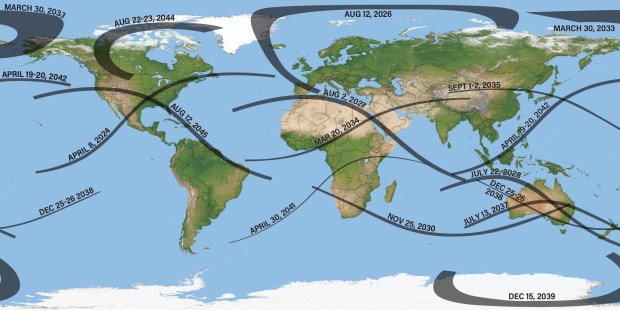
This map shows the locations of the eclipses from this year until the next major U.S. eclipse on Aug. 12, 2045. Credit: Astronomy: Roen Kelly
If you missed Great North American Eclipse because of clouds, personal commitments, or travel problems, you may be wondering when your next chance will be. And if, on the other hand, you experienced it under a clear sky, you are probably ready for the next one.
The following list contains the eclipse highlights of the next two decades. Target the one (or more) you want to see and learn all you can about it. Whenever it occurs, now is not too soon to start planning!
The next total solar eclipse after April 8, 2024 occurs Aug. 12, 2026. However, because its path of totality is short-lived and mostly in secluded areas, it might be a less popular target. It will touch Greenland, Iceland, and northern Russia, as well as a small part of Portugal and Spain.
The next Great American Eclipse is on Aug. 12, 2045. The path will stretch from California to Florida, touching 15 states along the way, as well as the Caribbean Islands and Central and South America. The maximum duration of totality, just off the Florida coast, is an amazing 6 minutes 6 seconds.
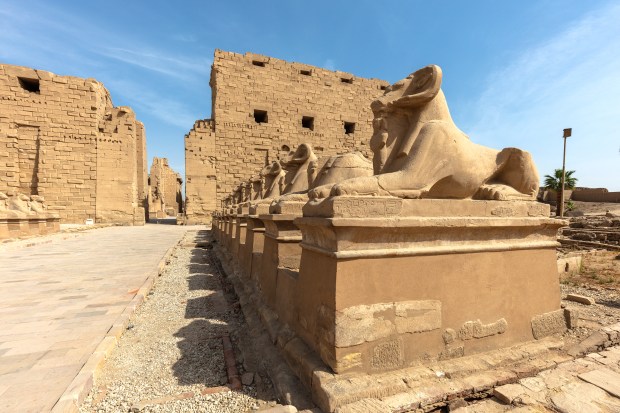
Credit: Diego Delso/Wikimedia Commons
The eclipse of some of our lifetimes is happening sooner than that. And maximum totality happens in a location where, at that time of year, clouds are nearly impossible. On Aug. 2, 2027, the Moon’s umbra will touch 12 European, African, and Middle Eastern countries and territories. The prized destination will be Egypt.
My chosen spot for 2027 is Karnak, the great temple complex in the city of Luxor. There, at one of the most visited historic sites in Egypt, you can look overhead as the Moon completely covers the Sun for 6 minutes 22 seconds. This duration won’t be surpassed until June 3, 2114. Now that’s observing!
The next totality crosses Australia on July 22, 2028. Greatest duration, 5 minutes 10 seconds, occurs just after the umbra hits the country 100 miles (160 kilometers) west of the small town of Wyndham, which lies in the state of Western Australia.
From there, the umbra moves southeast, encountering few towns until it crosses into New South Wales. Then, just before it heads out to sea, the umbra covers Australia’s most populous city, Sydney. A camera just south of the Sydney Opera House could capture it and perhaps the Sydney Harbour Bridge with the eclipsed Sun 29° above the northwestern horizon. There, totality will last a worthy 3 minutes 44 seconds.
The final total solar eclipse of the decade will happen Nov. 25, 2030. It touches four countries on the African continent — South Africa, Botswana, Namibia, and Lesotho — and Australia. Maximum duration of totality, 3 minutes 44 seconds, occurs in the Indian Ocean some 1,370 miles (2,200 km) east-southeast of Durban, South Africa, a distance roughly equivalent to that from Houston to Toronto. When the umbra finally touches the Australian coast, the Sun will stand 17° high and totality will last 2 minutes. Adelaide will be a good base for travelers. It lies 186 miles (300 km) south of the path.
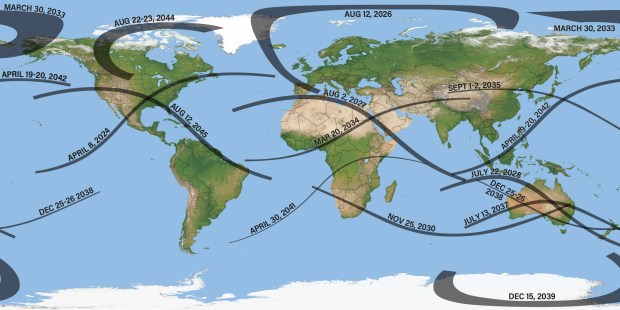
How to see an eclipse in the 2031-2024
The stretch from 2031 through 2040 contains seven total solar eclipses. Three of these are of particular note. The first will take place March 20, 2034. It touches 13 countries, slicing across Africa and continuing into the Middle East and China. The maximum duration of totality, 4 minutes 9 seconds, occurs in Chad, but totality exceeds three minutes along the center line throughout Africa.
Over a year later, totality will also take place in China — along with Japan, South Korea, and North Korea. Most notably, the eclipse on Sept. 20, 2035, will be visible in Beijing — with a population of 21.5 million people — for a maximum totality of 1 minutes 35 seconds. For a longer look, head 186 miles (300 km) east to the port city of Qinhuangdao to get an image of an eclipse over the Great Wall.
Another notable event will occur July 13, 2037. The Moon’s umbra, traveling west to east, creates a more than 1,900-mile-wide (3,100 km) path that cuts Australia in half. Maximum totality reaches 3 minutes 58 seconds. A spectacular photo op will be possible at Uluru (also known as Ayers Rock) in the heart of the Outback, where travelers will experience 3 minutes 10 seconds of totality. The next eclipse will also cross Australia and New Zealand on Dec. 26, 2038.
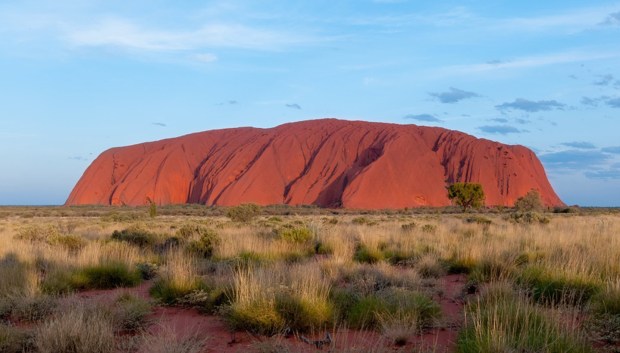
Credit: Angelo Giordano
The next eclipse in the 2040s
The first total solar eclipse of this decade will be on April 30, 2041. It will cut through five countries in central Africa. Maximum totality, 1 minute 51 seconds, occurs off the Angolan coast near its capital, Luanda.
The eclipse on April 20, 2042, is of note because of its maximum duration of totality: 4 minutes 51 seconds. You’ll need to be aboard a ship off the coast of Japan to experience that length, or you could choose to be on land in the Philippines, where totality will exceed 4 minutes 20 seconds. Other options include Malaysia, Indonesia, and Brunei.
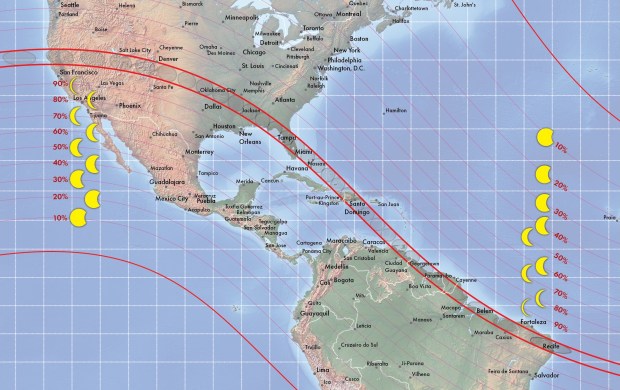
The final eclipse I’ll mention will be the next Great American Eclipse. On Aug. 12, 2045, the path will stretch from California to Florida, touching 15 states along the way, as well as the Caribbean Islands and Central and South America. And the maximum duration of totality, just off the Florida coast, is that amazing 6 minutes 6 seconds. But don’t worry if you want to stay on land — at no point along the center line through Florida, which stretches some 370 miles (600 km), does totality dip below six minutes.
Indeed, the next few decades offer some diverse eclipse-viewing choices. Whichever you choose, I wish you clear skies.

